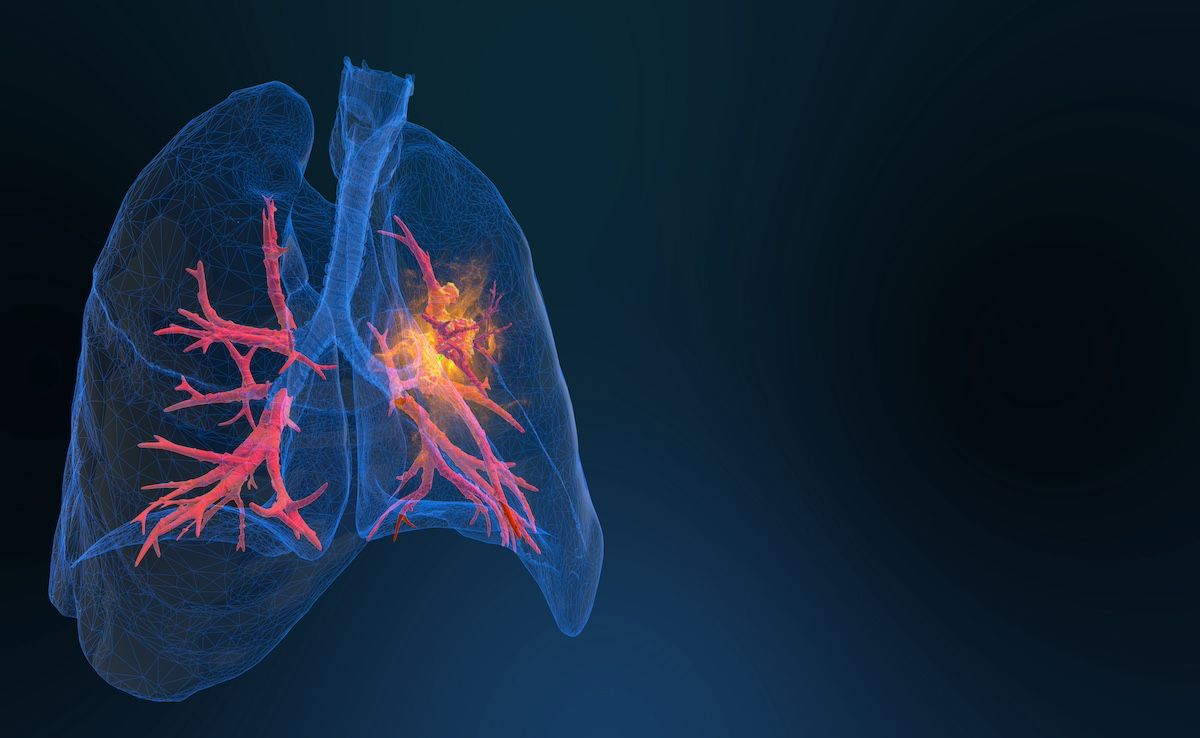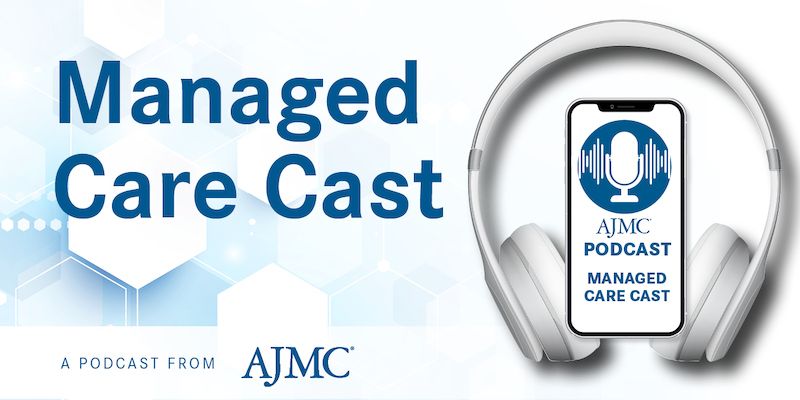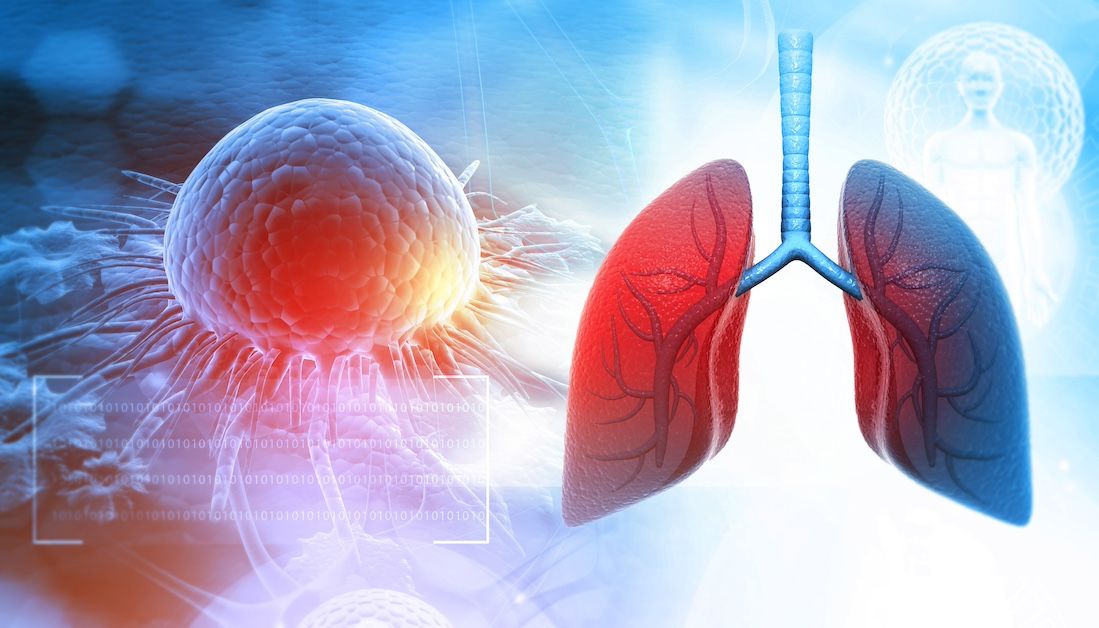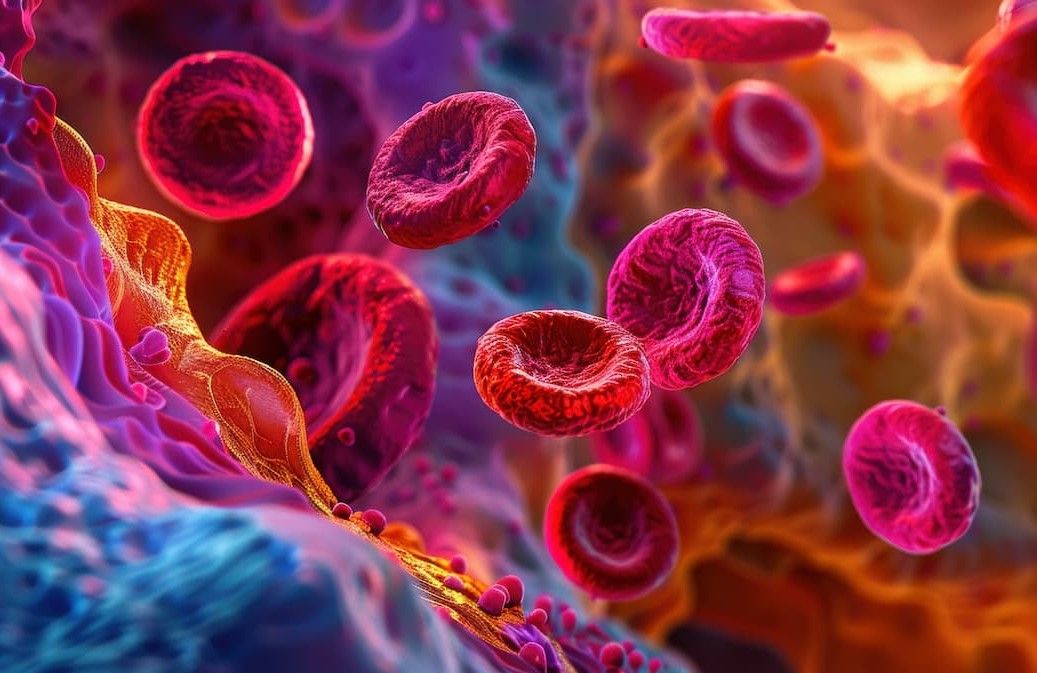News
Article
Baseline LTF Linked With Treatment Response in SCLC
Author(s):
Key Takeaways
- Higher baseline LTF levels in ES-SCLC patients may predict durable chemoimmunotherapy outcomes, suggesting LTF as a potential biomarker for treatment response.
- LTF appears to suppress SCLC tumors by affecting cell proliferation, migration, invasiveness, and inhibiting lipid metabolism, highlighting its role in metabolic regulation.
In a small study, lactotransferrin (LTF) was identified as a potentially important biomarker in extensive-stage small cell lung cancer (SCLC).
Patients with extensive-stage small cell lung cancer (ES-SCLC) are more likely to have durable chemoimmunotherapy outcomes if they have higher levels of lactotransferrin (LTF) at baseline, a new report published in Cancer Science found.1 The authors said their findings could be useful to patients and clinicians in guiding treatment decisions.
Lead author Shimo Shen, PhD, of China’s Ningbo University, and colleagues noted that first-line treatment for ES-SCLC now typically combines immunotherapies like atezolizumab (Tecentriq) or durvalumab (Imfinzi) with etoposide-platinum chemotherapy.
The new study suggests LTF should be considered as a potential biomarker of first-line treatment response in patients with ES-SCLC. | Image credit: appledesign - stock.adobe.com

“However, unlike its impact on non-small cell lung cancer, the benefits of adding immunotherapy are relatively modest in ES-SCLC,” Shen and colleagues wrote.
They noted that the number of patients with SCLC who benefit from immune checkpoint inhibitors is limited.2
In addition, Shen and colleagues noted there is a lack of meaningful biomarkers to predict treatment response in SCLC. One reason for the lack of biomarkers, they explained, is that surgery is uncommon in the cancer type because it is usually diagnosed at a late stage. As a result, tumor tissue is not widely available for biomarker testing.
In the new study, the researchers collected tumor samples from 21 patients with ES-SCLC who were about to undergo treatment. They performed RNA sequencing on the samples to identify expression patterns associated with treatment benefit. They then used weighted gene coexpression network analysis to single out genes associated with favorable outcomes to chemotherapeutic immunotherapy. Finally, they used multiplex immunofluorescence quantification and reanalysis of public data sets to validate the associations they identified.
Of the 19 patients for whom outcome data was available, 8 patients experienced a durable clinical benefit from therapy, and 11 patients did not. In terms of clinical characteristics, the investigators said there were no significant differences between responders and non-responders at baseline. However, the investigators’ analysis showed that patients with a durable clinical benefit had significantly elevated levels of inflammation and interferon response compared to those who did not benefit. In addition, they found that patients with a durable benefit had higher LTF expression, a greater number of CD4+ T cells, and fewer Tregs than non-responders.
They also found that LTF suppresses SCLC tumors by affecting cell proliferation, migration, and invasiveness, while also inhibiting lipid metabolism in cells.
“As tumor cells notably alter lipid metabolism, particularly phospholipids and FAs [fatty acids], our in vitro studies confirm LTF's inhibition of lipid metabolism in SCLC cells, supporting its key role in metabolic regulation as indicated by our bioinformatics analysis,” they wrote.
The investigators said their findings could have significant implications for patients with SCLC. They added that the anti-carcinogenic mechanisms of LTF have already been described in other cancer types, including non-small cell lung cancer.
“The proactive identification of individuals who are more likely to respond to treatment poses a significant challenge in the management of SCLC,” they wrote.
The authors cited limitations to their findings. They noted that their study was based on a small sample of patients from a single health care center. Second, they cautioned that their findings should not be seen as suggesting that LTF is the only meaningful predictor of response to treatment, and the findings suggest tumor burden may still play a role in treatment response. Lastly, the authors said more work needs to be done to better explain the immunomodulatory role of LTF in tumors.
In the meantime, they concluded LTF should be considered as a potential biomarker of first-line treatment response in patients with ES-SCLC.
References
- Shen S, Wu Y, Shao Z, et al. LTF as a potential predictive biomarker for durable benefit from first-line chemo-immunotherapy in small cell lung cancer. Cancer Sci. Published online March 17, 2025. doi:10.1111/cas.70049
- Longo V, Catino A, Montrone M, et al. What are the biomarkers for immunotherapy in SCLC?. Int J Mol Sci. 2021;22(20):11123. doi:10.3390/ijms222011123





